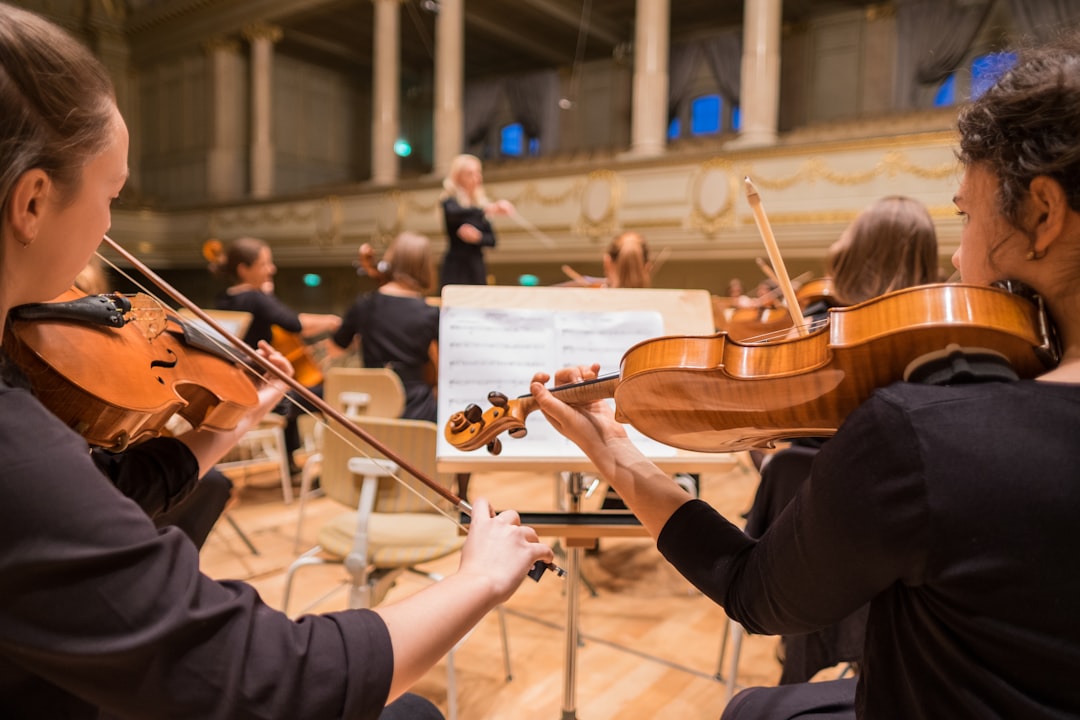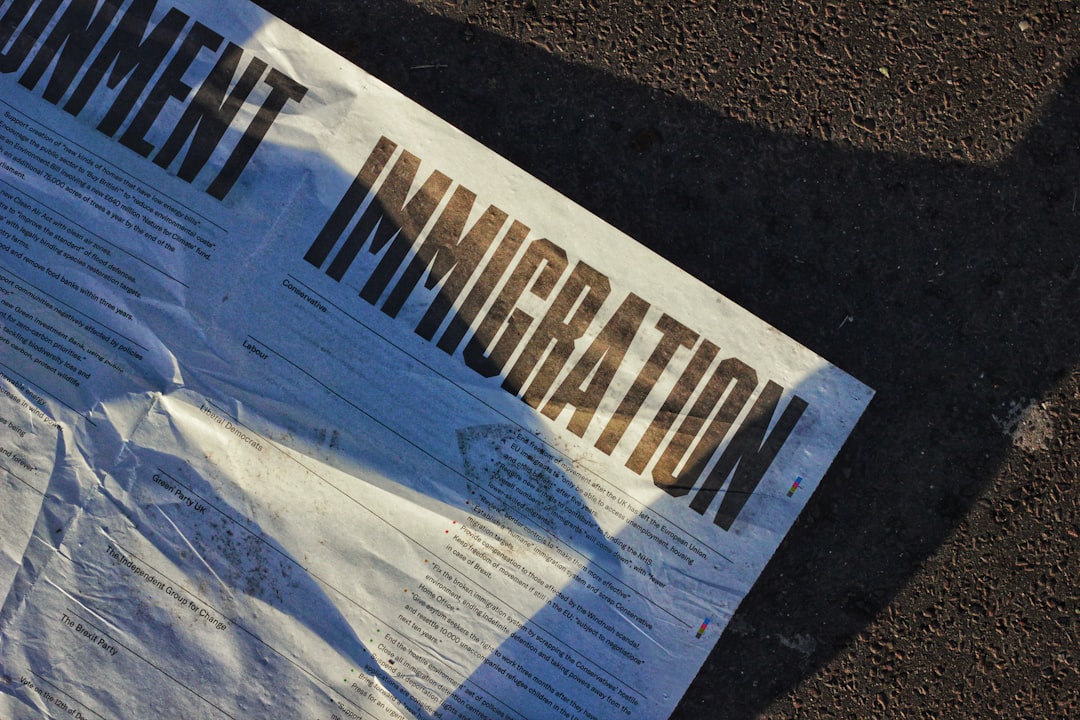What is it about?
Sorcery and warfare are closely interrelated in the Eastern Highlands of Papua New Guinea. In contrast to other areas of the Highlands, sorcery in large parts of the Eastern Highlands is considered to be an exclusively male domain, and violent retribution for deaths attributed to sorcery is primarily directed against other communities. Thus, sorcery accusations have the tendency to escalate to large‐scale inter‐group warfare, often causing additional casualties. Sorcery beliefs have undergone changes during the colonial and postcolonial era, with new forms of sorcery proliferating, and the zones of safety from sorcery shrinking, due to demographic and economic changes. Sorcery accusations were triggers for the resumption of warfare during the late 1970s and 1980s, and they remain pertinent to outbreaks of hostilities today. In fact, the majority of armed conflicts between 1975 and 2006 among a sample of Fore, Auyana, and Tairora communities in the Okapa and Obura‐Wonenara districts of the Eastern Highlands Province are connected to sorcery beliefs and sorcery accusations. These sorcery accusations are the result of uneven economic development and failure to deliver basic social services. When violence is threatened, local leaders try to mediate the hostility, but the state seems unable to offer alternatives for the peaceful settlement of conflicts.
Featured Image

Photo by Nik Shuliahin on Unsplash
Read the Original
This page is a summary of: Sorcery and Warfare in the Eastern Highlands of Papua New Guinea, Oceania, November 2017, Wiley,
DOI: 10.1002/ocea.5173.
You can read the full text:
Contributors
The following have contributed to this page










